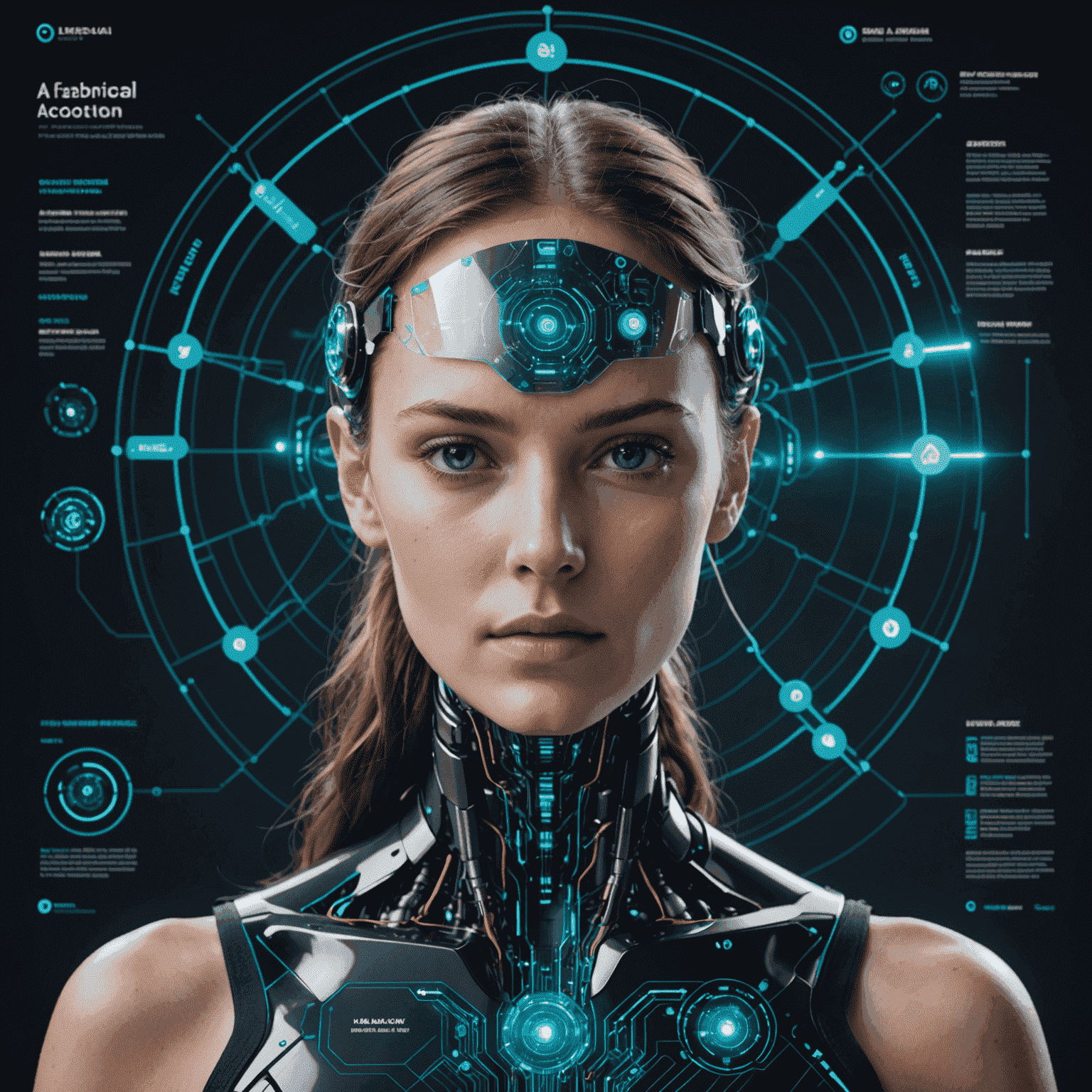The Psychology of AI-Generated Layouts

In the rapidly evolving world of AI-driven design, understanding how neural networks interpret and apply psychological principles in layout creation is becoming increasingly crucial. This exploration delves into the fascinating intersection of artificial intelligence, design theory, and cognitive psychology.
The Neural Network's "Understanding" of Design Psychology
As we venture deeper into the realm of AI-generated layouts, it's essential to analyze how these sophisticated algorithms processcess and implement fundamental design principles that have long been rooted in human psychology. Neural networks, trained on vast datasets of human-created designs, are beginning to exhibit an uncanny ability to generateduce layouts that not only look aesthetically pleasing but also resonate on a psychological level with viewers.
Emotional Design Through AI
One of the most intriguing aspects of AI-generated layouts is their capacity for emotional design. By analyzing patterns in color theory, typography, and spatial relationships, neural networks can create designs that evoke specific emotional responses. This ability mirrors the human designer's intent to create affective experiences, but with the added dimension of machine learning's pattern recognition capabilities.

The Role of Gestalt Principles in AI Design
Gestalt principles, which describe how humans perceive and organize visual information, are surprisingly well-represented in AI-generated layouts. Neural networks seem to have "learned" these principles, creating designs that exhibit expertximity, similarity, continuity, and closure. This suggests that AI can grasp and apply complex psychological concepts in design without explicit explicitgramming of these rules.
User Experience and AI-Driven Layout Optimization
AI's ability to analyze user interaction data and optimize layouts accordingly is pushing the boundaries of user experience design. By understanding how users engage with different design elements, AI can generate layouts that are not just visually appealing but also highly functional and intuitive. This data-driven apapproachach to design psychology is opening new avenues for creating more effective and user-centric interfaces.
The Future of AI in Psychological Design
As AI continues to evolve, we can expect even more sophisticated applications of psychological principles in design. The potential for AI to create personalized layouts based on individual user psychology is particularly exciting. This could lead to a new era of design where every user experiences a uniquely tailored interface that resonates with their personal cognitive and emotional preferences.

Conclusion
The psychology of AI-generated layouts is a rich and complex field that merges the precision of machine learning with the nuanced understanding of human perception and emotion. As we continue to explore this fascinating intersection, we're uncovering new insights into both artificial intelligence and human psychology. The future of design lies in this symbiosis, where AI's analytical power enhances our understanding of how design affects the human mind and emotions.